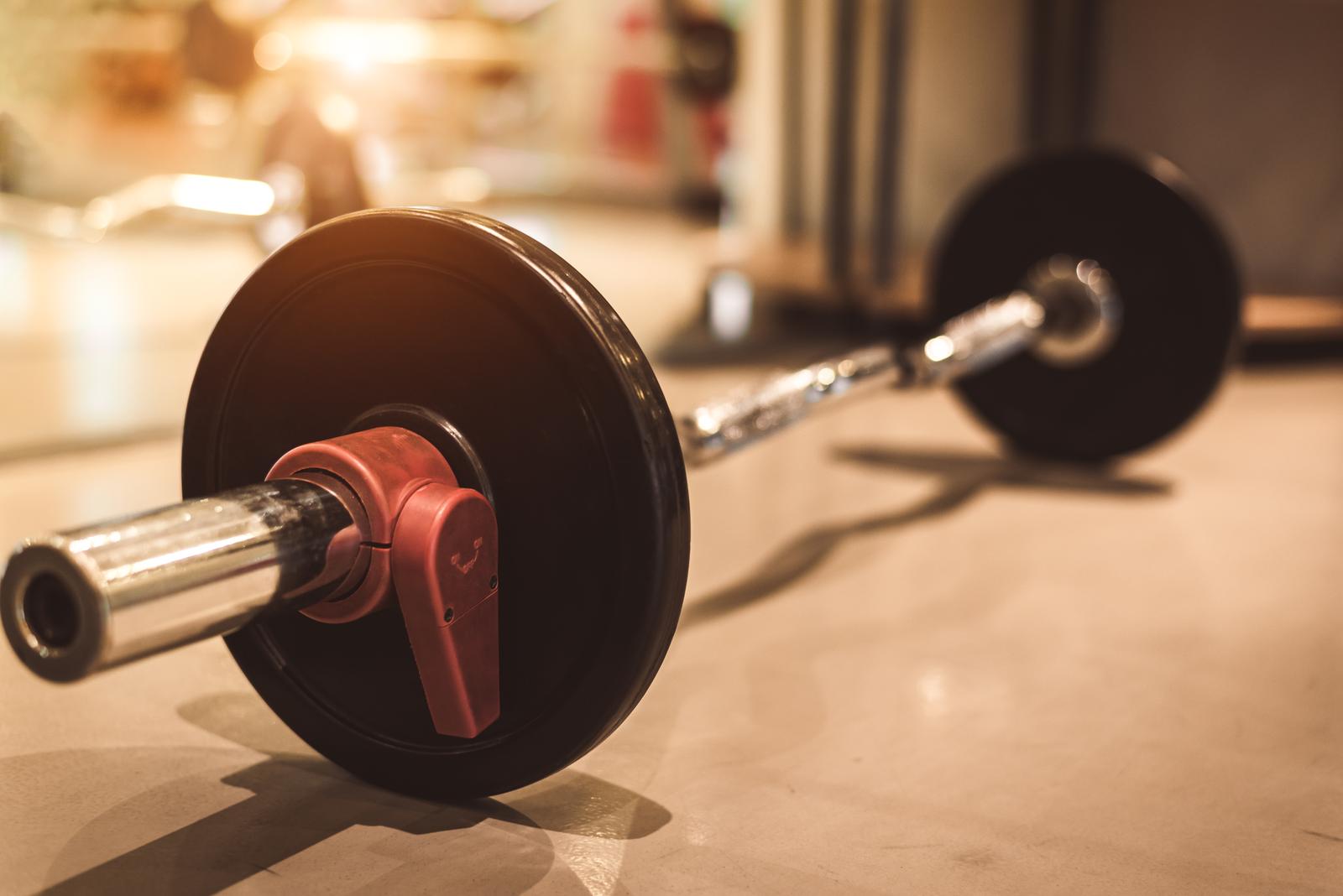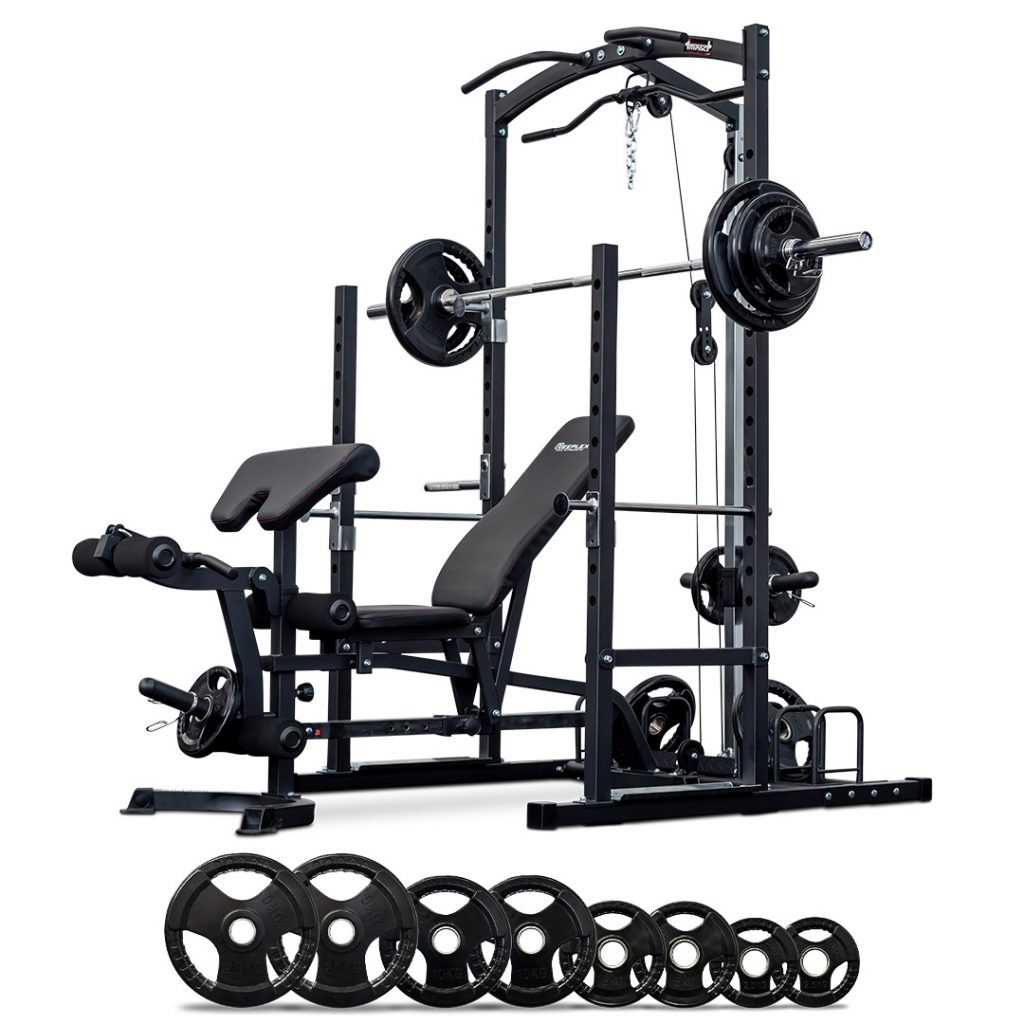
Transform Your Routine with Olympic Weight Training
Looking to take your fitness regimen to the next level? Incorporating Olympic weights into your workouts can be a game-changer. Unlike standard gym equipment, these weights demand a higher level of coordination and balance, engaging multiple muscle groups simultaneously. This not only accelerates strength gains but also enhances overall athletic performance.
Moreover, the dynamic movements required when using Olympic weights provide functional benefits that translate into real-world activities. Whether you’re an athlete or simply aiming for peak physical condition, embracing these iconic weights can revolutionize your exercise routine.
Benefits of Olympic Weightlifting Training
Increased Strength and Power
Training with Olympic weights can significantly boost your overall strength and power. By incorporating exercises like clean and jerk, snatch, and squats into your routine, you engage multiple muscle groups simultaneously. This leads to a substantial increase in physical strength, allowing you to lift heavier objects more easily.
Moreover, the explosive nature of Olympic weightlifting movements helps enhance your muscular power. These dynamic movements require rapid force production, leading to improved speed and explosiveness in various athletic activities.
Read Also: Standard and Olympic Weight Set: What’s Best for Your Gym?
Enhanced Athletic Performance
Engaging in Olympic weightlifting training doesn’t just benefit weightlifters; it also enhances athletic performance across various sports. The increased strength and power gained from this type of training can translate into improved performance on the field or court.
For instance, a basketball player who incorporates Olympic weightlifting into their regimen may experience enhanced jumping ability due to stronger leg muscles developed through exercises like squats and cleans. Similarly, a sprinter could see improvements in their acceleration thanks to the explosive power gained from these workouts.
Basics of Olympic Weightlifting for Beginners
Main Lifts
Olympic weightlifting primarily focuses on two main lifts: the snatch and the clean and jerk. These are explosive, full-body movements that engage multiple muscle groups simultaneously. The snatch involves lifting the barbell from the ground to overhead in one swift motion, while the clean and jerk consists of lifting it to shoulder level before pushing it overhead.
These competitive lifts demand proper technique and form to prevent injuries. For beginners, mastering these movements requires patience and dedication. It’s crucial to seek guidance from a certified coach who can teach you the correct mechanics step by step.
Progressive Overload
Incorporating progressive overload is a fundamental principle of Olympic weightlifting training. This means gradually increasing the amount of weight lifted over time to continually challenge your muscles and stimulate growth. By progressively adding more weight as your strength improves, you’ll see significant transformations in both muscle mass and overall strength.
To achieve this, following a basic cycle that includes foundational exercises like back squats, deadlifts, and other accessory movements is essential. These compound exercises build a strong foundation for mastering snatch and clean-and-jerk techniques while enhancing overall strength development.
Gaining Strength from Advanced Resistance Training
Compound Exercises
Olympic weightlifting involves compound exercises that work for multiple muscle groups at once. For example, the clean and jerk targets the legs, back, shoulders, and arms simultaneously. This comprehensive approach engages various muscles in a single movement.

This type of training is not just about building muscle; it’s also about developing functional strength for everyday activities. By performing movements like squats or deadlifts with Olympic weights, individuals can improve their ability to perform tasks such as lifting heavy objects or maintaining proper posture throughout the day.
Read Also: Olympic Weights vs. Standard Weights: What’s Best for You?
Heavier Loads
One of the key benefits of Olympic weightlifting is its capacity to accommodate heavier loads. Unlike traditional strength workouts that use moderate weights for higher reps, Olympic lifts allow individuals to lift much heavier weights for fewer reps. This emphasis on intensity leads to greater strength gains over time.
Moreover, studies have shown that incorporating Olympic weightlifting into a workout routine can lead to significant improvements in overall muscle strength and power. Researchers have found that this type of resistance training not only builds muscle but also enhances muscular endurance and explosive performance.
Health Benefits of Resistance Training
Increased Bone Density
Resistance training with Olympic weights can transform your routine by increasing bone density, which helps reduce the risk of osteoporosis. When you engage in activities like squats, deadlifts, and overhead presses using Olympic weights, the stress placed on your bones stimulates them to become stronger and denser over time. This is especially beneficial for individuals at risk of osteoporosis, such as postmenopausal women and older adults.
Regularly incorporating resistance training into your workout regimen can lead to a significant increase in bone mineral density, providing long-term protection against fractures and bone-related conditions.
Boosted Metabolism
Training with Olympic weights offers the advantage of boosting metabolism. The high-intensity nature of lifting heavy weights causes your body to burn more calories not only during the workout but also after it’s finished. As a result, this type of resistance training aids in weight management by helping you burn fat more effectively while preserving lean muscle mass.
By promoting an increase in resting metabolic rate (RMR), resistance training contributes to improved energy expenditure throughout the day. This means that even when you’re not exercising, your body continues to burn calories at a higher rate compared to before incorporating Olympic weightlifting into your routine.
Improved Cardiovascular Health
Engaging in resistance training with Olympic weights can positively impact cardiovascular health by reducing the risk of chronic diseases such as heart disease and diabetes. While many people associate cardiovascular exercise primarily with activities like running or cycling, including weightlifting as part of an overall fitness plan has been shown to improve heart health.
Myths and Realities of Weight-Lifting Transformation
Women and Bulky Muscles
Many people believe that weightlifting will make women bulky. In reality, women do not have enough testosterone to build significant muscle mass. Instead, they develop lean muscle and strength without appearing overly muscular. For example, a woman lifting 25 lbs weights can improve her strength without bulking up.
Age and Weightlifting
Another common myth is that older adults should avoid weightlifting. However, the reality is that strength training benefits individuals of all ages by enhancing mobility and preventing age-related muscle loss. For instance, a person in their 60s can incorporate Olympic weights into their routine to maintain muscle mass.
Safety Concerns
Some people fear that weightlifting is dangerous. The truth is that when performed with proper form and under supervision, weightlifting is safe for most individuals. It’s essential to learn the correct techniques from a qualified trainer or coach to prevent injuries while using different types of weights.
Tips to Maximize Your Strength Training Routine
Set Specific Goals
Setting specific goals is essential for tracking progress and maintaining motivation. Whether it’s increasing the weight you lift, achieving a certain number of repetitions, or improving your overall strength, having clear objectives helps you stay focused and driven throughout your training cycle.
It’s important to establish realistic and achievable goals that align with your current fitness level. For instance, if you’re aiming to enhance your squat performance, you might set a specific target for increasing the weight by a certain percentage over the next few weeks. By monitoring your progress against these benchmarks, you can celebrate each milestone reached and remain motivated as you work towards achieving peak performance.
Read Also: How a Barbell Weight Set Can Propel Your Fitness Journey
Vary Your Workouts
Incorporating varied exercises, rep ranges, and rest periods into your training routine can prevent plateaus and keep your workouts engaging. For example, during one week of your training cycle, focus on heavier weights with lower reps to build strength, while in another week, opt for lighter weights with higher reps to improve muscular endurance.
Additionally, varying exercises allow different muscle groups to be targeted throughout the week cycle. This approach not only enhances overall muscle development but also reduces the risk of overuse injuries associated with repetitive movements.
Prioritize Recovery Prioritizing recovery is crucial in maximizing the benefits of Olympic weight training. Adequate sleep enables muscles to repair and grow stronger after intense workouts. Proper nutrition provides essential nutrients required for muscle recovery and growth while allowing optimal energy levels during workouts.
Final Remarks
You’ve now got the lowdown on how Olympic weightlifting can take your workout game to the next level. From building strength and power to debunking myths, you’re armed with the knowledge to supercharge your routine. So, what’s next?
It’s time to grab those Olympic weights and put these tips into action. Whether you’re a beginner or a seasoned lifter, remember that consistency is key. Challenge yourself, embrace the journey, and watch as your body transforms. Get ready to crush those goals and unleash the inner athlete in you!
